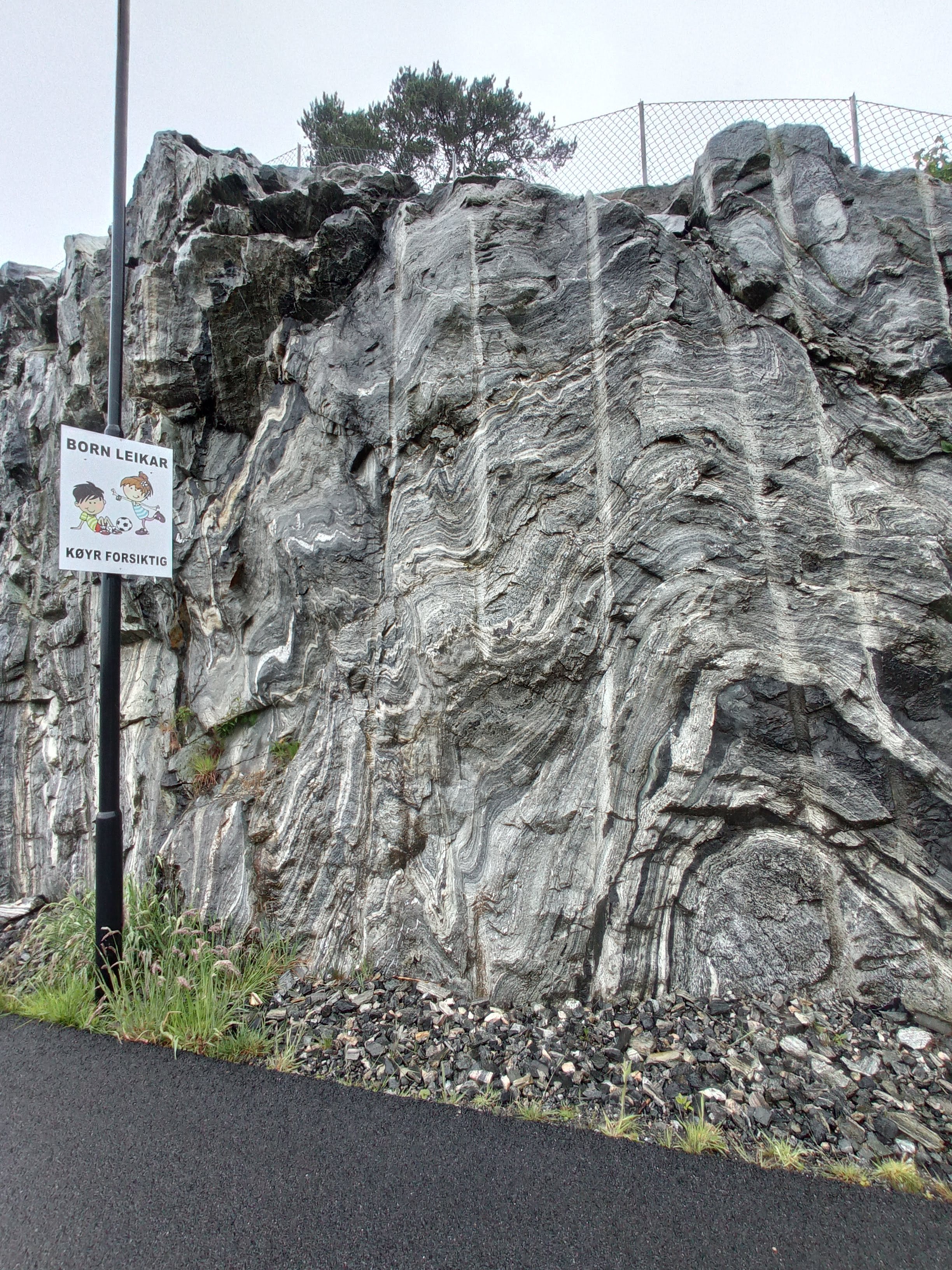
Surface precipitation recorded in Neoarchean magmatic-hydrothermal systems of the Kola Craton
The project involves mapping and measuring the low-δ¹⁸O rocks and minerals from the 2.67 Ga peralkaline granites and host rocks in the Kola Craton
The lowest d18O value so far measured is -9‰ indicating involvement of meteoric water already in the Neoarchean
The combined δ¹⁸O-Δ¹⁷O values indicate presence of significantly ¹⁸O-depeleted meteoric waters with δ¹⁸O = -18‰ relative to the hydrosphere. Perhaps, the earliest quantitative reconstruction of meteoric waters
The magmatic stage of the system is now tightly constrained by low-δ¹⁸O zircon CA-ID-TIMS dates to 2673.5 ±0.3 Ma
Relevant papers: https://doi.org/10.1016/j.epsl.2021.117322; https://doi.org/10.1130/G050702.1
Paleoproterozoic snowball Earth glaciations, their timing and conditions based on the triple O-isotope systematics of altered rocks
Surface temperatures and timing of melt-water infiltration during Snowball Earth glaciations based on O-isotope geochemistry of subglacial rocks
New occurrences of low-δ¹⁸O signatures across cratons, their potential connections in the Paleoproterozoic based on O-isotopes
Contemporaneous record of seawater (δ¹⁸O and solutes) using submarine altered basalts
Relevant papers: https://doi.org/10.1130/G38759.1; https://doi.org/10.1016/j.precamres.2019.105431
Modern-day water-rock reactions traced with triple O isotopes
The systematics of δ¹⁸O-Δ¹⁷O exchange during seawater/meteoric water - basalt reactions in Iceland with measurements of rocks and fluids
Modern-day seawater-basalt exchange traced with the Δ¹⁷O measurements of submarine vent fluids
Relevant papers: https://doi.org/10.1016/j.chemgeo.2019.119312; https://doi.org/10.3389/feart.2021.691699
Understanding the O-isotope composition of cherts
Temperature of terrestrial oceans is poorly constrained for the majority of the geological timescale. Cherts initially precipitate from seawater as amorphous silica and have a potential to preserve the information about ancient oceans.
We combine high spatial resolution SIMS measurements and high-precision δ¹⁸O-Δ¹⁷O values of cherts across the geological timescale
Most recent project targets seafloor-drilled cherts that were never exposed to subaerial conditions
Relevant papers: http://dx.doi.org/10.2138/rmg.2021.86.10; https://doi.org/10.1029/2022GC010741
Current research and lab activities
Low-δ¹⁸O zircons from the Kola Craton. The green and red circles are analytical SIMS points. The green values are δ¹⁸O and 16OH/16O ratios. The red values are 207-206Pb ages.
ROV Jason sampled hydrothermal vent fluids at the vents of the Axial Seamount. Credit: W. Chadwick, OSU, NSF, WHOI. 2020.
Thin section of a chert that was drilled from modern seafloor. The sample was measured by SIMS. The area was also mapped using electron microprobe. The image features recrystallized foraminifera shell filled with an aggregate of quartz and opal. A- cross-polarized light. B - Back-scattered electron image. C and D - Si and Al elemental maps.
Some of the most well-preserved pillow basalts from the 2.43-2.41 Ga Vetreny Belt (Karelia Craton, Russia). The alteration was induced by the contemporaneous seawater and can be observed in the concentrically altered pillows and the inter-pillow spaces.



